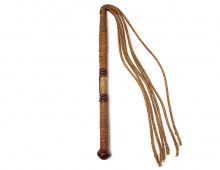John Rowe’s Christmas Gift to Himself
The Massachusetts Historical Society has preserved and digitized that document, so that page is available here with a good crowd-sourced transcription.
Rowe wrote:
Monday December 25. 1775 Christmas Day — The Weather A Little Moderated but Cold W W —Rowe was an Anglican, a vestryman at Trinity Church. Unlike the colony’s more numerous Congregationalists, he and his fellow parishioners observed Christmas. But of course Christmas in a besieged town wasn’t a terrifically joyous occasion; “Peace [and] Good Will towards Men” were in short supply.
I went to Church this morning. Mr. [William] Walter Read prayers & Mr [Samuel] Parker preachd A very Good Sermon from the 2d Chapter of St Lukes Gospell and 14th. Verse Glory to God in the Highest and on Earth Peace Good Will towards Men.
I dind at home with Mrs. Rowe the Revd Mr Parker & Jack Rowe and spent the Evening at home with Richd Greene Mrs. Rowe & Jack Rowe
I Staid & partook of the Sacrament
The Mony gather’d for the Use of the Poor of this church amo to Sixty Dollars —
Rowe’s diary entry for this day is innocuous. This volume raises questions mainly in how the previous volume, covering the days from 1 June to 24 December 1775, is missing. What did Rowe do during the siege? How closely did he cooperate with the royal authorities? What sentiments did he express about the Battle of Bunker Hill and other fatal fights?
The only previous volume of the diary to go missing covered 18 Aug 1765 to 10 Apr 1766, a gap starting shortly before the attack on Thomas Hutchinson’s house. (The lieutenant governor suspected Rowe was somehow behind that attack.) Rowe’s numbering indicates that he filled 138 pages in those eight months.
In contrast, Rowe wrote only 72 pages in the missing volume from late 1775, which would be by far the shortest volume in his journal. Still, those pages would be good to have.
We know John Rowe altered a 1775 diary entry to reverse what he first wrote about the Massachusetts Provincial Congress’s fast day. We know his description of his speech during one of the 1773 tea meetings doesn’t match what an observer in the room reported. It’s easy to imagine, therefore, that Rowe at some point looked at what he wrote about the Stamp Act and its opponents, and about the early months of the war, and decided that those pages no longer reflected his views. Or how he wanted people to view him.

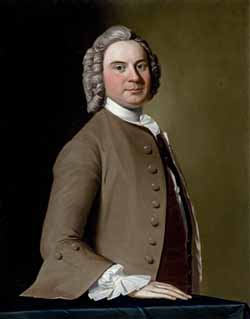
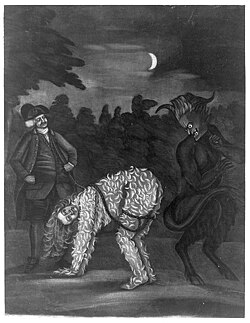
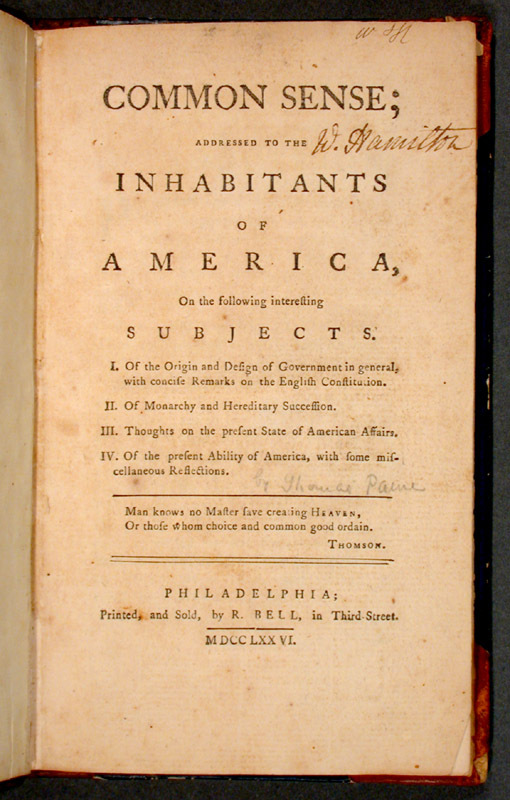
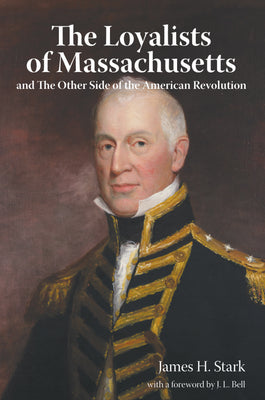
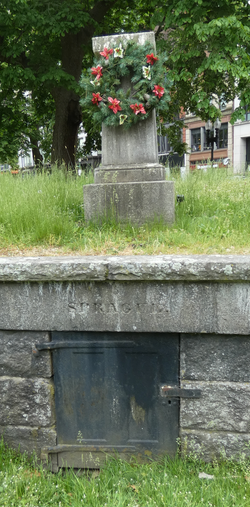



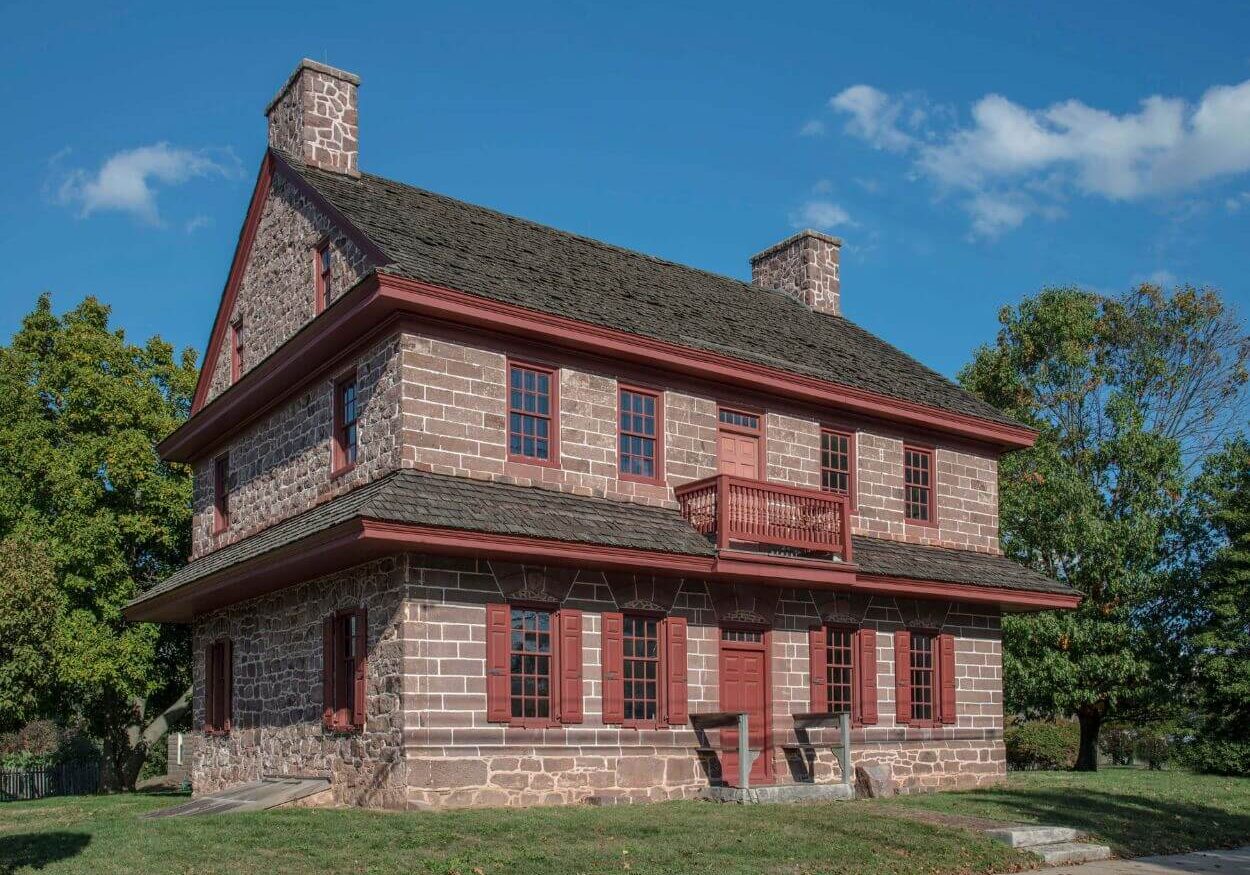
.png/500px-Morgan_Lewis_(portrait_by_Henry_Inman).png)










